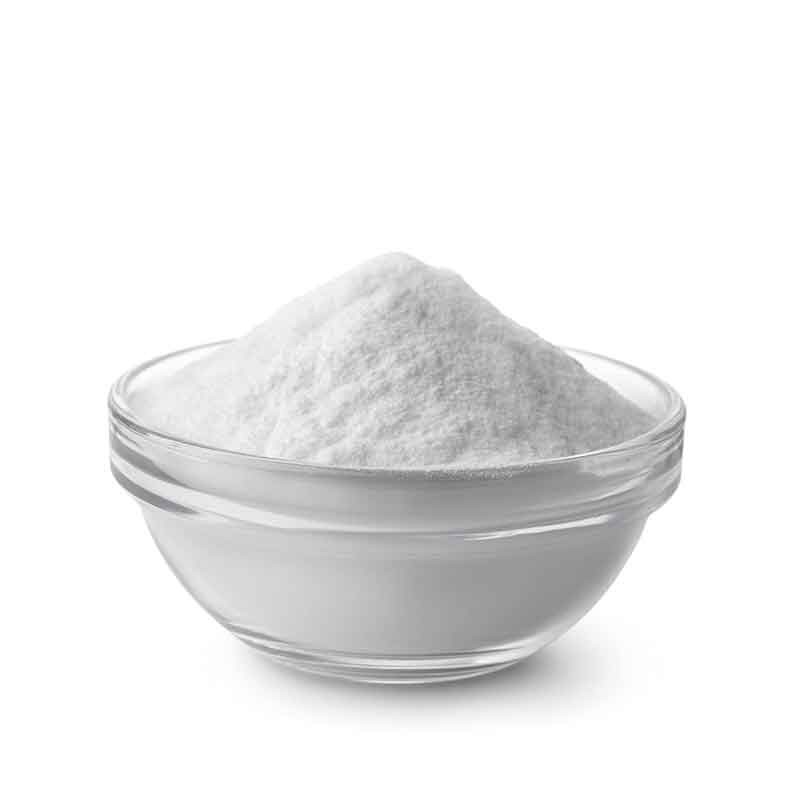Malic Acid for food chemical:
Malic acid is a naturally occurring organic acid found in various fruits, particularly apples. It is commonly used in the food industry for its tart and sour flavor, as well as its acidity. Here are some common uses of malic acid in food:
Acidulant: Malic acid is used as an acidulant in food products to provide a tart or sour taste. It is often used in combination with other acids to achieve the desired level of acidity and flavor in a wide range of foods, including candies, beverages, and fruit-flavored products.
Beverages: Malic acid is a key ingredient in many fruit-flavored beverages, including fruit juices, sports drinks, and carbonated soft drinks. It provides a refreshing tartness and enhances the overall flavor.
Confectionery: Malic acid is used in the production of sour candies and chewy sweets to provide their signature tart and tangy taste.
Jams and Jellies: It is added to fruit preserves and jams to impart acidity and enhance the flavor profile.
Fruit Fillings: Malic acid is used in fruit fillings for pastries, pies, and baked goods to provide a tart contrast to the sweetness of the fruit.
Sauces and Dressings: In salad dressings, barbecue sauces, and condiments, malic acid can be used to provide a tangy flavor.
Flavor Enhancer: Malic acid can serve as a flavor enhancer, particularly in savory foods, by adding a subtle tang and enhancing the overall taste.
Canned and Preserved Foods: It may be used in canned fruits and vegetables to maintain or enhance their acidity and flavor.
Dairy Products: In some dairy-based products, malic acid is used to adjust acidity and improve the flavor. It can also be used in yogurt, ice cream, and flavored milk drinks.
Chewing Gum: Malic acid is sometimes used in the production of chewing gum to provide a long-lasting sour taste.
Baking: In baking, malic acid can be used as an acidulant to interact with baking soda, leading to leavening and the production of carbon dioxide gas, which helps baked goods rise.
If you'd like to know more about this chemical or need any analysis
report regarding this chemical then contact us support@echem.com.bd.

Login To Comment